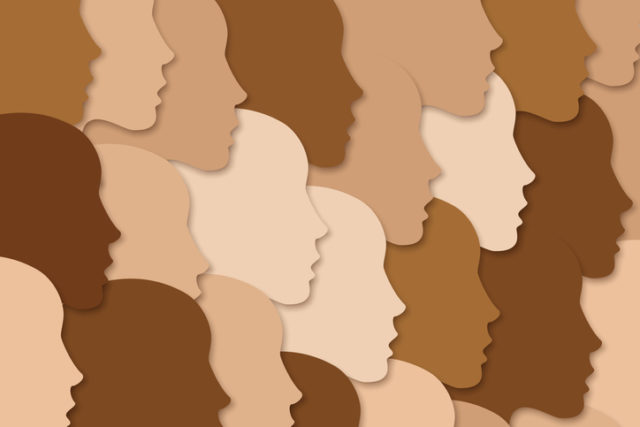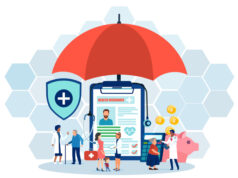
It might seem contrarian, but the keys to better health equity might be found outside of clinical settings. Healthcare is more than just services provided in a clinic, according to Esther Farkas, chief strategy officer of software firm Unite Us. Food and housing are also important health factors. When those aspects of life are insecure, health is affected, she said.
Farkas spoke Tuesday at MedCity News INVEST Pop Health conference during the panel discussion “Improving Health Equity Demands A Collaborative Approach.” Unite Us provides software platform that health systems and pharmacies use to coordinate care. As an example of how technology brings healthcare beyond clinical settings, Farkas cited her company’s involvement in California’s initiative to stop the spread of Covid-19. People who received shots at vaccination sites also had the opportunity to connect to various health and social services through Unite Us. Those services include food, housing, and employment. Farkas said that making such connections available in this manner eased people’s burden of trying to connect to services on their own.
“Not all of the care has to move into the healthcare setting, which is more expensive and not ideal,” Farkas said.
In some cases, the improvements in health outcomes come from medical devices. The heart-monitoring devices of iRhythm Technologies were key to an effort to improve cardiovascular outcomes in New Mexico. The state is home to just 2.1 million people, but that population is spread out across a large expanse that makes the state the fifth largest in the country, said Judith Lenane, the company’s chief clinical officer and executive vice president of products. Because New Mexico has just 10 electrophysiologists, all of them based in Albuquerque, patients in rural areas must drive up to six hours for cardiac care. Consequently, heart conditions have gone undiagnosed, and patients were not getting timely access to care, Lenane said.
Under a partnership, the New Mexico Heart Institute and iRhythm identified patients in need, who were then provided with the company’s wearable heart-monitoring devices. Lenane said that the monitoring technology gathered heart data, improved patient compliance, and sped up access to care. The institute is now able to provide care to up to five times more patients without the need for additional staff, she said. As for getting the device to patients, iRhythm went old school. It used the U.S. Postal Service.
“It seems low tech, but you have to go low tech when you’re thinking about solutions,” Lenane said. “You have to meet people where they’re at.”
One of Blue Cross Blue Shield Louisiana’s outreach efforts involves collaborating with larger health systems to improve maternal health, said Darrell Langlois, the insurer’s senior vice president strategy and business development. He noted that some of the challenges to providing maternal care stem from a lack of trust. For example, it’s not unusual for a clinician to ask a new mother about post-partum depression or anxiety. But Langlois noted that the same question can be received differently depending on the setting. An affluent mother is more likely to provide an honest answer to the question, Langlois said. The less affluent mother may feel stigma about disclosing feelings of depression out of fear that it could lead to her child being taken away, he explained.
The state of Louisiana has been incorporating health equity into a variety of mechanisms. Departments have been collaborating with community organizations around how to community their health equity work to the public, said Mia Orr White, deputy director of the bureau of community partnerships and health equity in the state’s department of health. Equity is also incorporated into policies and procedures. For example, manuals were revised to ensure that pronouns were inclusive to all. Orr White said that her bureau also collaborates with the state’s department of education on initiatives that help families engage in care services.
Ensuring that outreach connects with children is important, said Coletta Barrett, vice president of mission at Our Lady of the Lake Regional Medical Center. The medical center works with children’s hospitals and schools on primary care and mental health initiatives. By reaching children who receive free and reduced lunch, the efforts can address a significant portion of the kids in need. It’s important to bring this outreach into schools, Barrett said.
“If children are not healthy, they are not ready to learn,” she said.
Photo credit: Andrii Shyp, Getty Images








